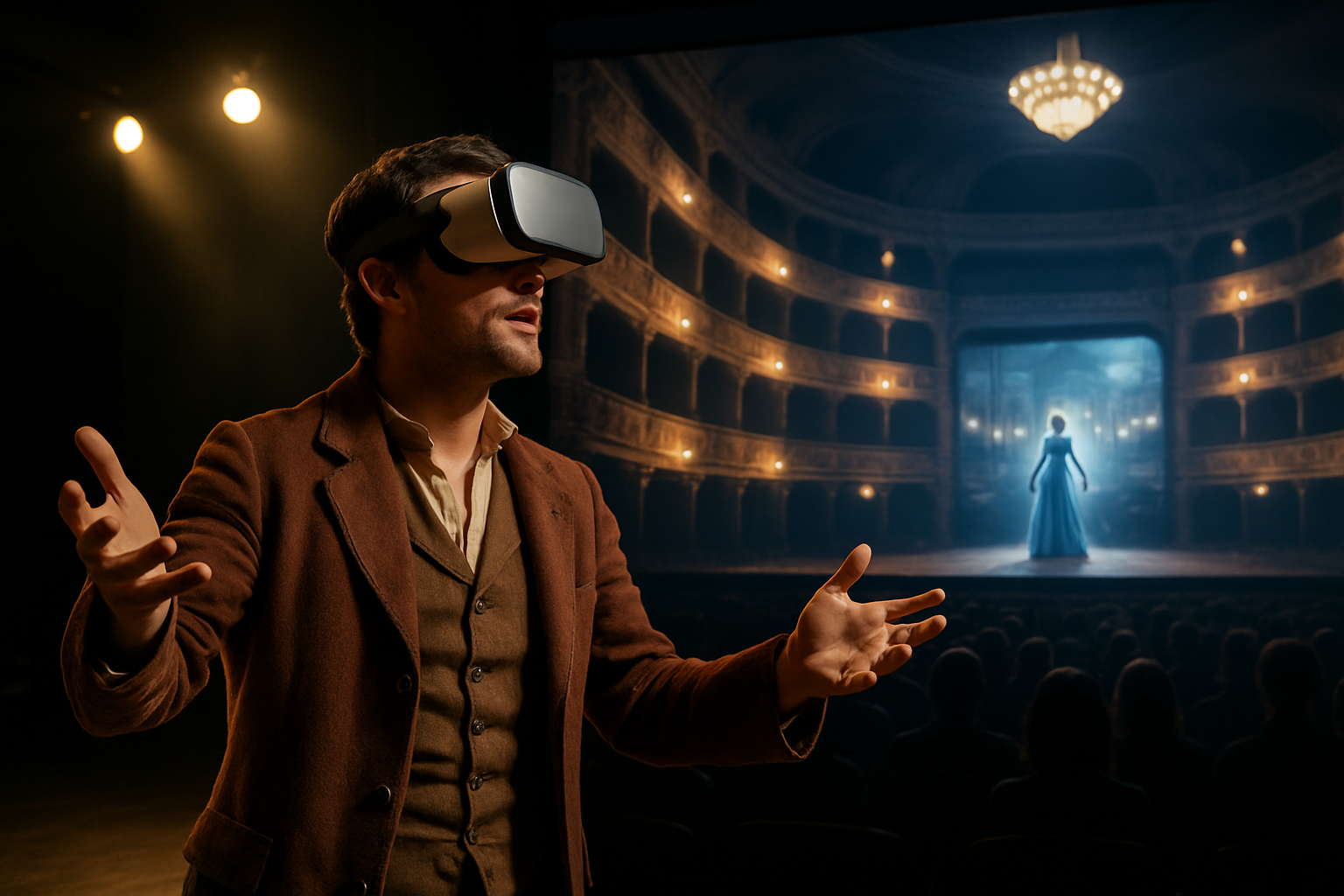Holographic Opera: A New Frontier in Theatrical Performance
A fusion of cutting-edge technology and classical art form, holographic opera is revolutionizing the world of theatrical performance. This innovative approach combines the timeless beauty of operatic vocals with stunning 3D projections, creating immersive experiences that blur the lines between reality and illusion. As opera houses around the globe experiment with this groundbreaking technique, audiences are being treated to spectacular productions that push the boundaries of traditional stagecraft.

Technological Advancements Paving the Way
The rapid advancement of projection technology and 3D mapping has been crucial to the rise of holographic opera. High-powered laser projectors, coupled with sophisticated software, now allow for the creation of lifelike, three-dimensional images that can interact seamlessly with live performers. These projections can range from realistic human figures to fantastical creatures and elaborate set pieces, all rendered with stunning clarity and depth.
Redefining the Opera Experience
Holographic opera offers a unique and immersive experience that traditional productions cannot match. Audiences find themselves transported into richly detailed, ever-changing environments that shift and morph in real-time. The technology allows for impossible feats on stage, such as characters flying, transforming, or appearing in multiple places simultaneously. This visual spectacle, combined with the power of live operatic performances, creates a multi-sensory experience that is truly unforgettable.
Creative Possibilities and Artistic Challenges
For directors and designers, holographic opera opens up a world of creative possibilities. Traditional limitations of set design and stage effects are obliterated, allowing for boundless imagination in visual storytelling. However, this new medium also presents unique challenges. Balancing the use of holograms with live performers requires careful consideration to ensure that the technology enhances rather than overshadows the human element of the performance.
Notable Productions and Reception
Several opera houses have already embraced holographic technology with remarkable results. The Sydney Opera House made headlines with its production of Madama Butterfly, which featured holographic set designs that transformed the stage into a living, breathing Japanese garden. In Europe, La Scala in Milan incorporated holographic elements into its staging of Wagner’s Ring Cycle, creating ethereal representations of gods and mythical creatures that left audiences spellbound.
The Future of Holographic Opera
As the technology continues to evolve, the potential for holographic opera seems limitless. Some visionaries in the field are exploring the possibility of fully virtual productions, where both performers and sets are holographic projections. This could potentially allow for remote performances, with singers and musicians from around the world appearing together on a single stage. Additionally, there’s growing interest in interactive holographic operas, where audience members could potentially influence the narrative or visuals in real-time.
Preserving Tradition in a Digital Age
While holographic opera represents a bold step into the future, it’s important to note that it’s not meant to replace traditional opera. Rather, it’s seen as a complementary form that can coexist with and enhance classical productions. Many purists argue that the emotional connection between live performers and the audience is irreplaceable, and holographic elements should be used judiciously to augment, not substitute, the human aspect of opera.
Economic Implications and Accessibility
The integration of holographic technology in opera has significant economic implications for the industry. While the initial investment in equipment and software can be substantial, it may lead to reduced costs in set design and transportation in the long run. Furthermore, the spectacle of holographic opera has the potential to attract new audiences and revitalize interest in the art form, potentially boosting ticket sales and ensuring the financial viability of opera houses.
Holographic Opera Beyond the Theater
The impact of holographic opera extends beyond traditional theater spaces. There’s growing interest in using this technology for educational purposes, allowing students to experience classic operas in immersive, interactive environments. Additionally, holographic opera opens up possibilities for site-specific performances in unconventional locations, from public squares to historic buildings, bringing the art form to broader audiences.
Conclusion: A New Chapter in Operatic History
Holographic opera represents a thrilling convergence of art and technology, offering a fresh perspective on a centuries-old art form. As it continues to evolve and mature, it has the potential to attract new generations of opera enthusiasts while providing seasoned aficionados with novel experiences. While challenges remain in perfecting the balance between technology and tradition, holographic opera is undoubtedly writing a new and exciting chapter in the rich history of operatic performance.





